We’ve all been following Donald Trump’s rise from one of sixteen Republican candidates to a serious presidential hopeful, often outraged, but mostly baffled by how this even happened. While Trump’s black-and-white simplicity and promises of great deals for America certainly helped, he owes a lot to a human mental shortcut called recognition heuristic.
Any news is good news
Recognition heuristic helps people to choose between two or more options by guiding them towards the one that is more recognisable, as this means it might have more value on a certain criterion. For example, Europeans might say that Texas is the largest US state because we hear about it quite often, which makes it more recognisable (in fact, Alaska is the largest state). Originally, recognition heuristic was said to aid judgments when one of the two alternatives is less recognisable than the other (Goldstein & Gigerenzer, 2002). But more recent research shows it’s also in action in voting behaviour – where the two main candidates are typically known roughly equally (Marewski et al., 2009).
Why would Donald Trump be more recognisable? The answer lies in his staggering media presence. For a long time, it exceeded Hillary Clinton’s media coverage, especially in terms of election-irrelevant stories, such as whether his hair is a toupee or a comb-over. The nature of those stories didn’t matter – positive, negative or daft, they have been working to his advantage. While the more recent surfacing of his lewd comments about women might have finally dealt him a serious blow, Trump has appeared virtually impregnable to damage from negative news, shrugging them off and gaining momentum. All this is making Donald Trump a prime example of ‘any news is good news’. It has also been giving him a significant media exposure across a range of channels, thus making him more readily available in the electorate’s memory (for the interested, this effect is another mental shortcut, called availability heuristic). This, in turn, is a fertile ground for the recognition heuristic.
As such, Trump’s media exposure – positive or negative, relevant or irrelevant – might have been generating greater overall collective recognition than collective recognition of Hillary Clinton, boosting the number of his supporters in the early days. While it is Clinton who has been linked to political news for over a decade, which should translate into greater recognition under the ‘politics’ criterion, it doesn’t have to be the case. Voters who are undecided, or less likely to evaluate the reasons for Trump’s media omnipresence, his agenda, or his background, could be more likely to fall prey to the heuristic. For them, the vast media coverage could act as validation, and make him more accessible in memory. This, in turn, would make Trump the more recognisable candidate.
The final mile
Naturally, the race has now reached a stage where more explicit factors, such as debate performance, will have a greater influence over the final result. So while Trump’s media presence, and the availability or recognition heuristics alone might not tip him over the edge and into the Oval Office, they have been his allies in driving his electability and popularity over what they should be. America’s madly long election season is partly to blame. In the perfect world, the media could have refrained from reporting unnecessary stories on Trump altogether. Meanwhile, I’ve just added to the pile of Trump articles by talking about how they might just make him president.
For the interested
Gaissmaier, W., & Marewski, J.N. (2011). Forecasting elections with mere recognition from small, lousy samples: A comparison of collective recognition, wisdom of crowds, and representative polls. Judgment and Decision Making, 6(1), 73-88.
Goldstein, D. G., & Gigerenzer, G. (2002). Models of ecological rationality: the recognition heuristic. Psychological review, 109(1), 75.
Marewski, J.N., Gaissmaier, W., Schooler, L. J., Goldstein, D.G., & Gigerenzer, G. (2009). Do voters use episodic knowledge to rely on recognition? In N.A. Taatgen & H. van Rijn (Eds.), Proceedings of the 31st Annual Conference of the Cognitive Science Society (pp. 2232-2237_ Austin, TX: Cognitive Science Society.
For more on this speak with us, or have a look at our capabilities
Also, as co-founders and supporters of the London Behavioural Economics Network, join the Meetup group and Facebook group for more details and events
Related Posts
August 13, 2023
Money (but not called that, and how it changes behaviour).
Advertising agencies make a lot of…
August 1, 2023
Reading ease is not as easy as all that – comprehension shows the way
It's easy to make text readable, right?…
July 20, 2023
The ‘Hollywood hello’ – and the importance of context when communicating
When communicating we all like to be as…




